Alien Gets a Premature Burial
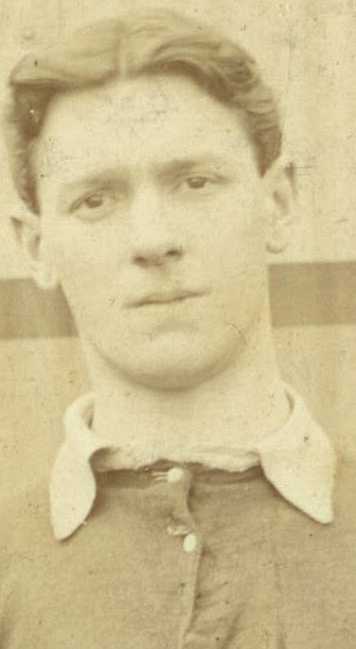
He was living with his sister in Coniston St, Everton and must have crossed paths with some members of the Aliens. He started playing in the 1910-11 season.
Alien Gets a Premature Burial

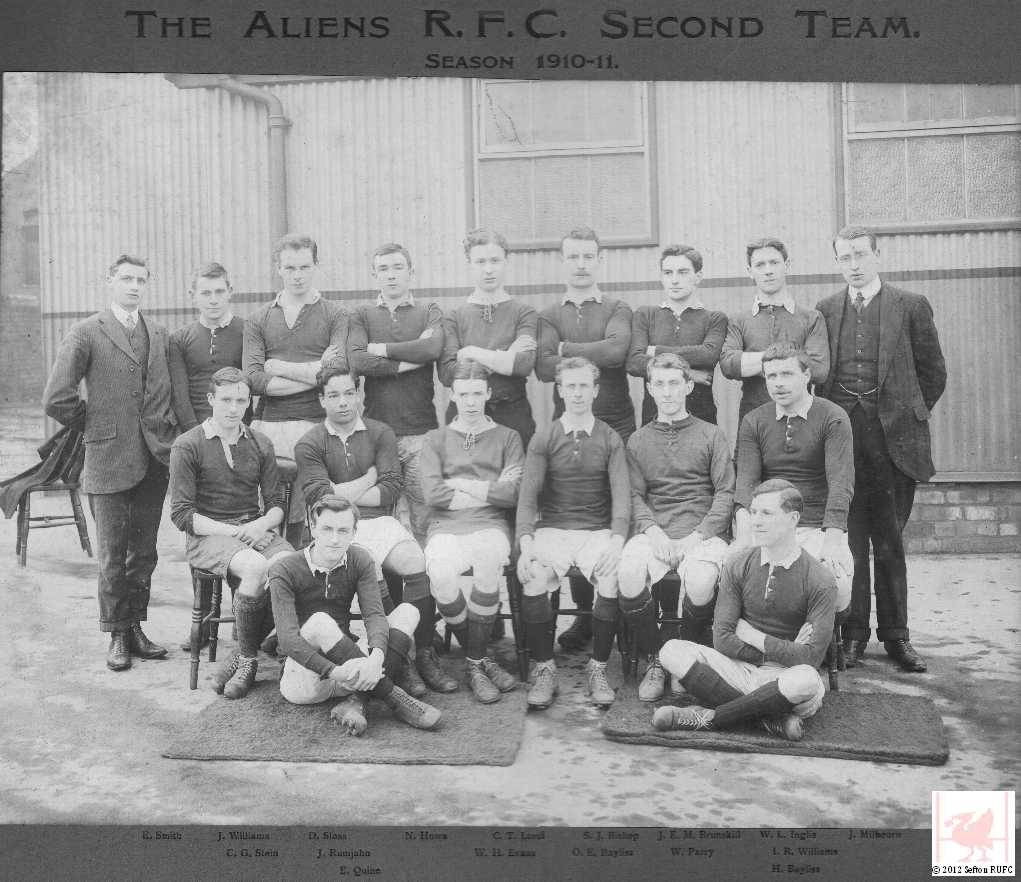
[Back row, 2nd from right]
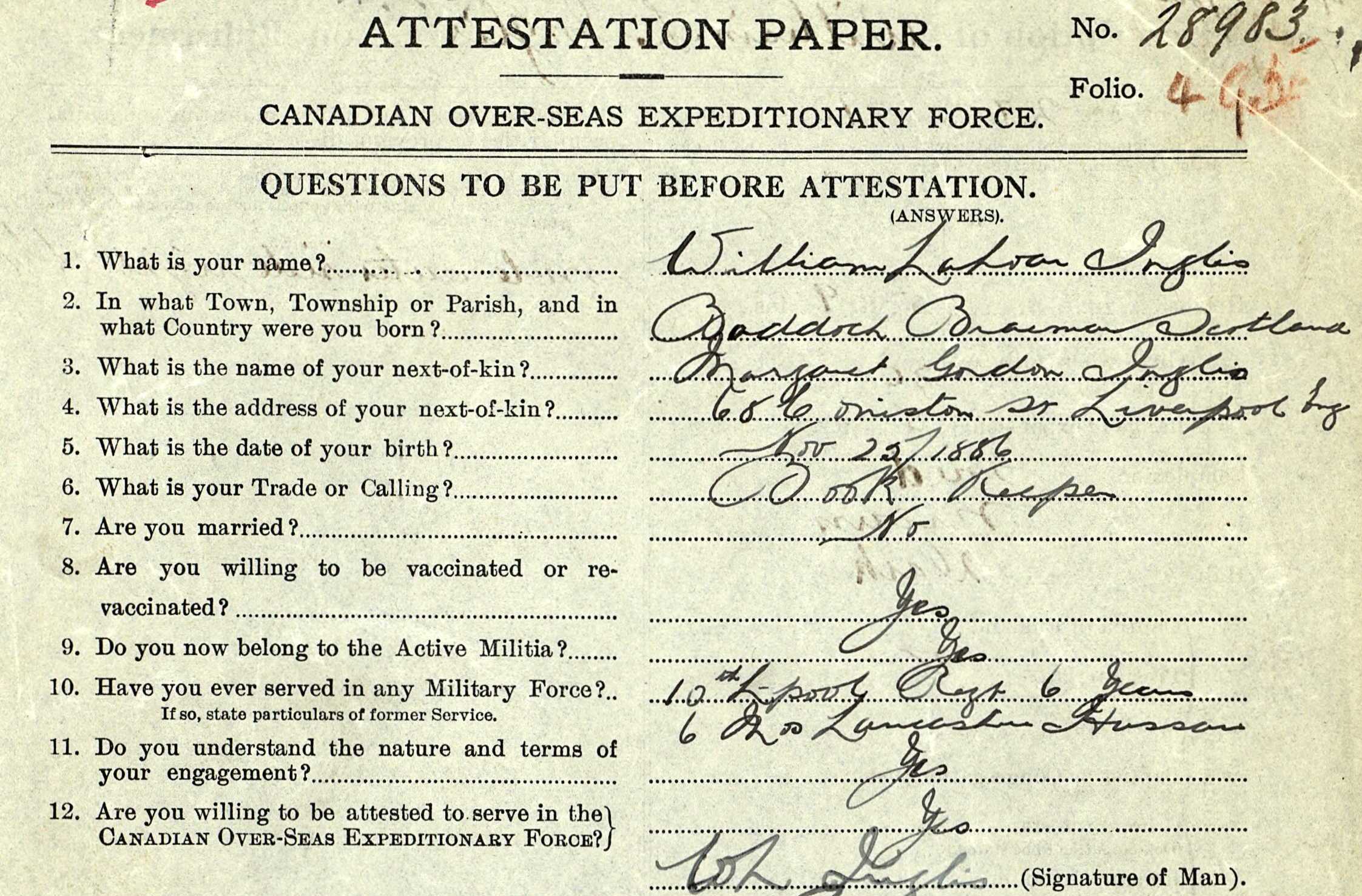
[The First Canadian Contingent sailed for England in October 3rd, 1914. The 16th Battalion was part of the 3rd Infantry Brigade, 1st Canadian Division. Its motto, ”Deas Gu Cath”, was adopted on the third day of the voyage. It was on December 16, 1914 on Salisbury Plain, that the battalion was subtitled ‘(The Canadian Scottish)’. It sailed for France in February 12, 1915, and disembarked at St. Nazaire three days later. Between February 17th and March 2nd each Canadian brigade was attached to a British division in front of Armentieres for indoctrination in trench warfare. The Canadian division then relieved the 2nd Border Regiment south of Fleurbais. In mid-April the Canadians relieved a French Division in front of Ypres.
French defensive policy, in the event of an enemy attack, was for the front line troops to fall back and let the artillery deal with the attackers. British policy, reflected in Canadian orders, was to hold the trenches at all costs. Thus the Canadian’s first task was to develop forward defences. At 1600 hours on April 22nd French Colonial troops on their left came under heavy bombardment, followed an hour later by the first gas attack in the history of warfare. The line broke, exposing the Canadian flank and opening the way to Ypres. That night the 3rd Brigade partly restored the situation by counter-attacking with the 10th and 16th Battalions; though much further fighting, including a second attack with gas, lay ahead. To commemorate the first night’s counter-attack on Kitcheners Wood, the Reserve units perpetuating the 10th and 16th Battalions (in the case of the 10th, The Calgary Highlanders) wear on their shoulders an emblem of an acorn and an oak leaf.]
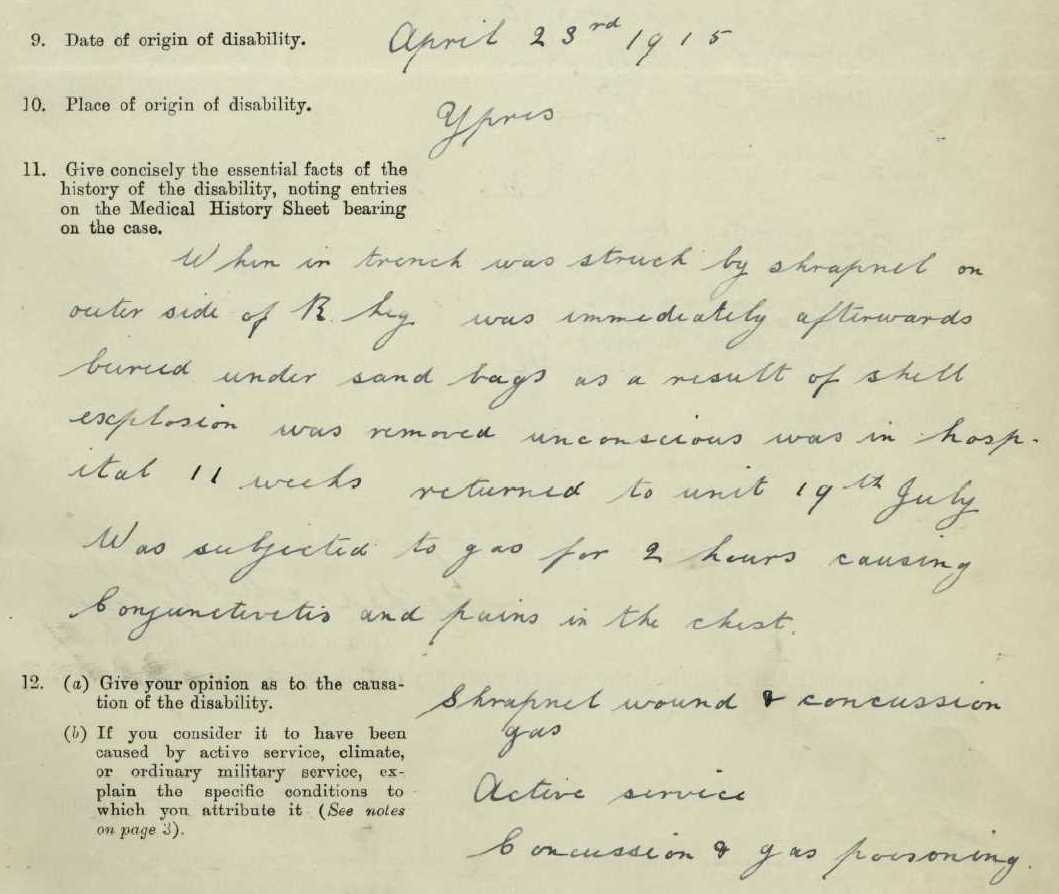
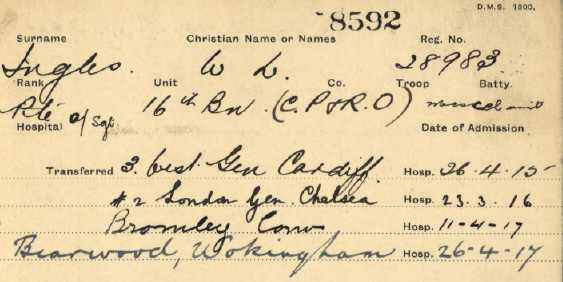

Sgt William Lohoar Inglis
(1885-1951)